ECONOMY
A Better, Bolder Stimulus Is Need Of The Hour
- Shrivatsa Joshi
- May 28, 2021

The
second wave of COVID-19 has been wreaking havoc across the country. The viral
epidemic has upended the Indian economy, which was already reeling under
stringent lockdowns last year. Almost all macroeconomic indicators have been flashing
red signals of distress and disruption.
The
economy has entered a peculiar phase of high inflation and low or negative
growth, threatening to slip into stagflation – stagnant growth and high
inflation. The Wholesale Price Index (WPI)-based inflation for April surged to
a high of 10.49 per cent, primarily driven by costly fuel and manufactured
products. Incidentally, the Consumer Price Index (CPI)-based retail inflation for
the same month eased to 4.29 per cent on the back of relatively cheaper food
products. However, the April retail numbers are quite misleading, given the
high base effect of the retail inflation in the year-ago month of April 2020,
triggered by large-scale supply disruptions during the nationwide lockdown.
In
economic texts and developed, Western economies, spiking inflation often
recounts a tale of robust economic activities. But this has rarely been the
case in India even in the best of times. Prickly prices in the country even in
normal times have been the product of inefficient supply chains. This pandemic
has disrupted those frayed supply chains. Besides, an unprecedented high tax on
fuels, imposed by the resource-starved Central government, has been feeding
into the inflationary spiral.
If
it is red hot on the inflationary front, a severe demand collapse has
emasculated economic growth. Consumer sentiment has hit the bottom, and it is
quite evident in the sales of properties, vehicles and consumer durables, among
others. Almost all States have imposed strict restrictions or a complete
lockdown to combat the deadly virus, and this is taking a toll on hospitality, travel
and tourism, aviation, real estate, entertainment, construction and
manufacturing sectors. Moreover, the second wave of the viral pandemic has severely
impacted micro, small and medium enterprises (MSMEs,) small businesses and traders
and middle- and lower-income groups. This will eventually have a dire impact on
the already-dismal unemployment situation, with the jobless rate soaring past
14 per cent by the end of May.
As
uncertainty surrounding the epidemic lingers on, the need of the hour is a
meaningful stimulus package directed at the MSMEs, small traders and middle-
and lower-income groups. The past packages have mostly been in the form of
monetary measures from the RBI, providing a slew of loans. Instead bold
measures in the form of direct income transfer to the bank accounts of vulnerable
sections would work wonders in stimulating the severely-contracted demand for
consumption and kick-starting the economy.
The
Centre can raise additional resources through debt monetisation or printing of
money by getting the RBI to buy the government securities directly. This
last-ditch measure may be resorted to for a very brief period to get the economy
back on track.
Moreover,
it goes without saying that the government should utilise the resources raised through
debt monetisation very judiciously by targeting the stimulus measures to the
intended beneficiaries. Various well-developed databases of welfare measures –
such as the MNREGS, PM Kisan and PM Jan Dhan Yojana – databases of industry and
trade associations – such as MSMEs and small traders and businessmen – can be
of aid to the government in targeting the stimulus measures.
Of
course, the government, with all the resources and intelligence at its
disposal, can and should evolve better mechanisms and innovative measures to
ensure that the relief reaches the targeted beneficiaries without any leakage
in the process. It would serve no purpose if government policies seem to be
designed by officials living on the Mars for people living on the Venus.


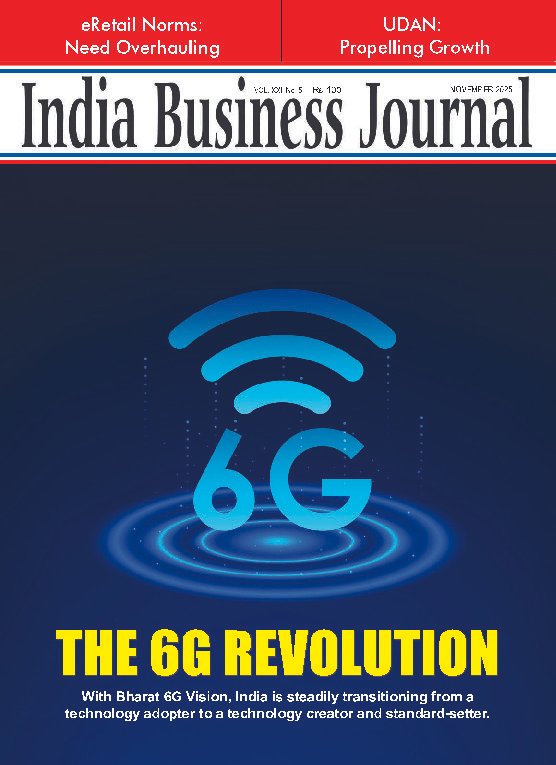
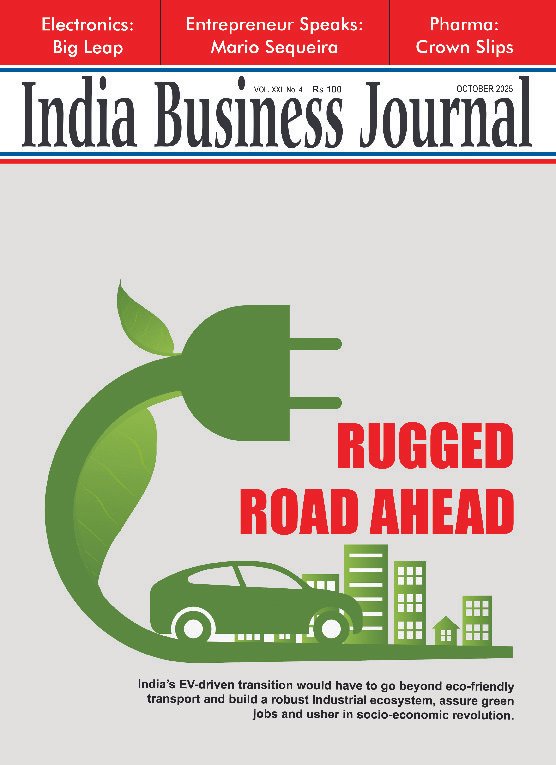
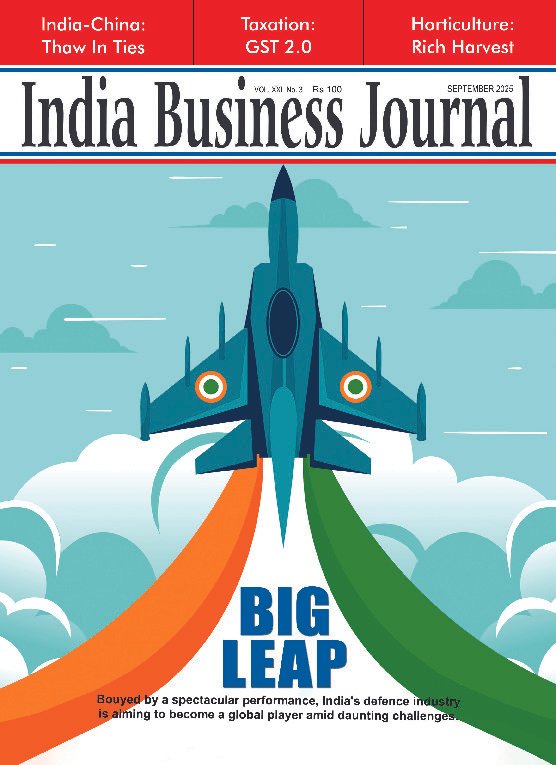
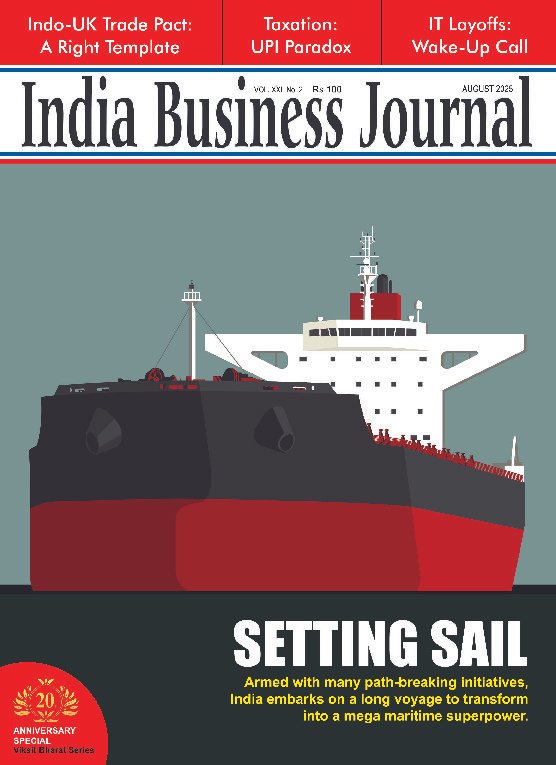





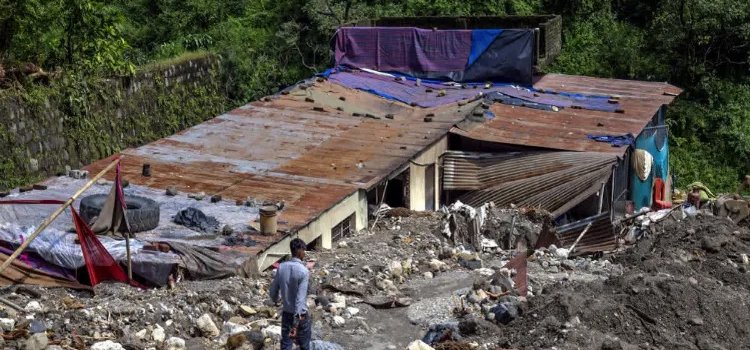



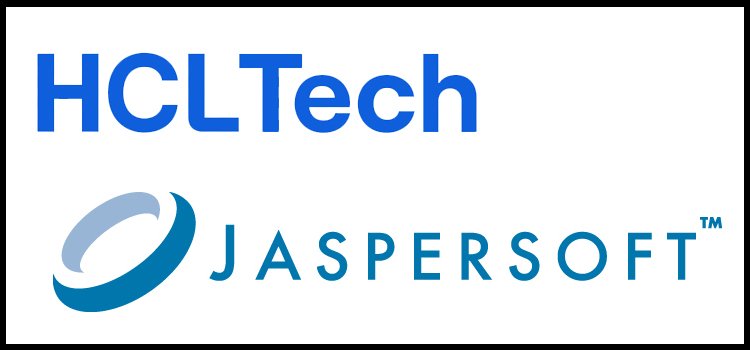




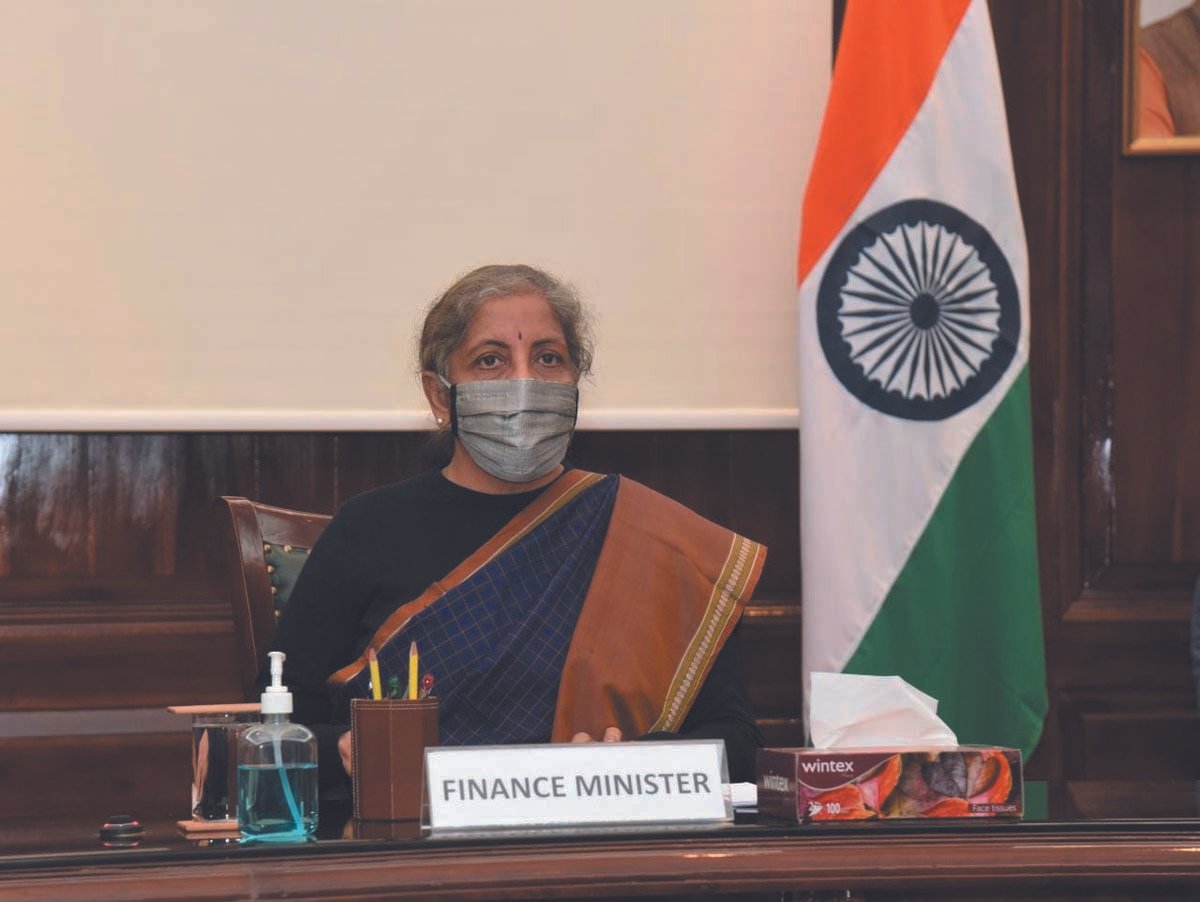
Report By
View Reporter News